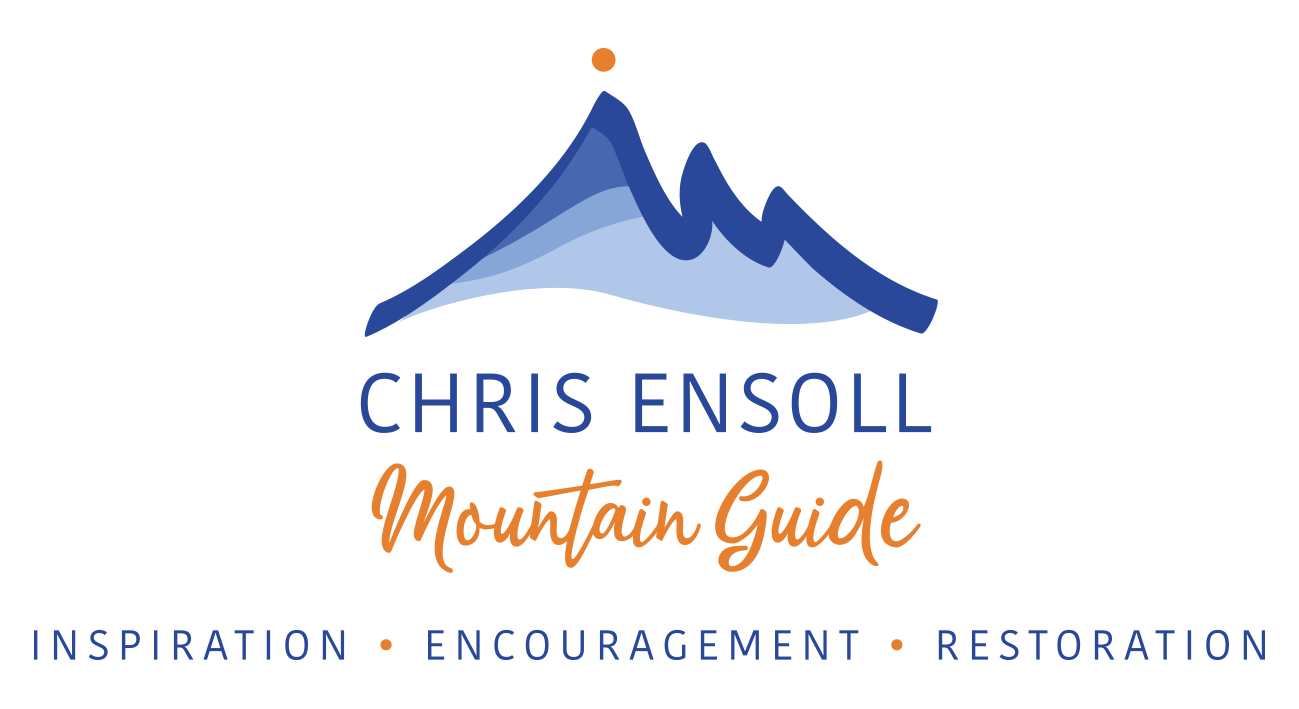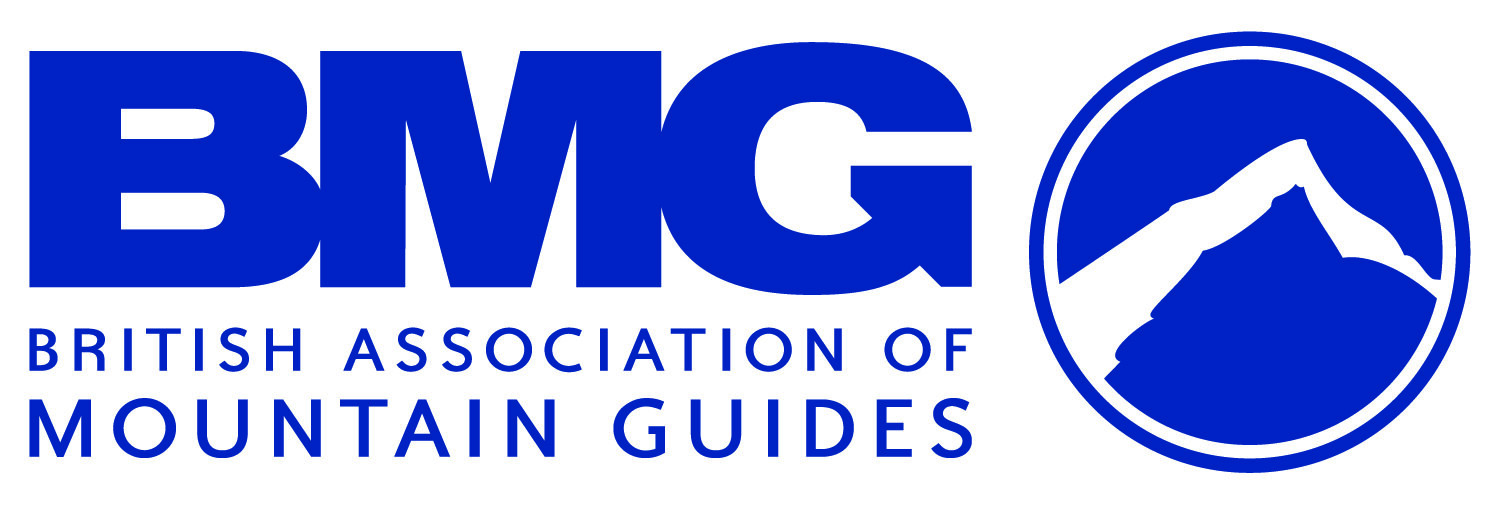Our Top Twenty Most Successful Blog Posts
/WRITTEN by ANNE ENSOLL
Since December 2016 we’ve been tracking the performance of our blog posts, so we that we can keep up with what kind of content our followers like to read. Often, something that we think will be really useful and interesting doesn’t turn out to be very popular, and vice versa.
And the results, as of 31st March 2019, in reverse order, are…
Number 20: Do You Recognise The 10 Early Warning Signs Of Hypothermia?
I’m happy to say that in all the years I have been playing and working outdoors, I have never had hypothermia. I have been to some extremely cold places, including Antarctica and the highest mountains in the European Alps. I have also spent a lot of time in extremely wet places, Scotland and the Lake District included. I love being warm and comfortable in the mountains in wild weather. So how have I avoided becoming dangerously cold? Read on…
Number 19: How To Stay Dry Whatever The Weather #3: Walking In The Rain
Walking in the rain? Why would I want to do that? Because it can be fun and exhilarating! And if, like me, you live in an area where rain is a pretty constant feature, you often have no choice. If you have the right kit and know how to use it, you should be able to have lots of fun whilst staying warm and dry. Read on…
Number 18: So What Do You Actually Do On A Mountain Leader Steep Ground Masterclass?
There are two areas of the Mountain Leader Award syllabus where extra help is often needed before assessment: navigation and steep ground. This is what the syllabus says about hazards of steep ground… Read on…
Number 17: Rope Skills & Rescues #2: How To Pass A Knot
The first post in this series showed how to escape the system. If you find yourself needing to lower your second off, due to injury or not being able to get up the climb, you might need to tie two ropes together to make 100m of rope – enough to lower someone to the ground on most crags in the UK. You'll then need to pass the knot around the belay device - here's how to do it. Read on…
Photo credit: Jenny Brindle
Number 16: Managing Risk in the Mountains #1: The Three Variables
We go to the mountains for many different reasons - physical, mental, emotional, spiritual. John Muir put it like this more than a hundred years ago: “Thousands of tired, nerve-shaken, over-civilized people are beginning to find out that going to the mountains is going home; that wildness is a necessity”. Because the benefits are so huge, we choose to expose ourselves to the associated risks, even though we don't have to. Understanding those risks and how to manage them means that we return safely from every mountain adventure. Read on…
Number 15: My Story #12: Alice Kerr, Outdoor Instructor & Long Distance Runner
We first met Alice Kerr when she came to us for her Single Pitch Award assessment in October 2016. She has since gone on to achieve the Mountaineering Instructor Award, and she works as a freelance outdoor instructor. She is also a keen long-distance runner. Read on…
Number 14: How To Pack Your Rucksack The Minimalist Way
We've all seen it: an expedition group toiling under the weight of huge rucksacks, with all kinds of things swinging around on the outside. They have no energy for enjoying the journey - all they can think about is getting to the campsite and crashing out. But it doesn't have to be like that. When I run Mountain Leader courses I set my candidates a challenge: to pack all their kit for a three-day two-night expo into a 45 litre sack weighing no more than 10kg. Most of them are surprised, and think it isn't possible. Here's why it's a good idea, and how to do it. Read on…
Number 13: So What's The New Rock Climbing Instructor Qualification All About?
The new Rock Climbing Instructor qualification replaced the Single Pitch Award on 2nd April 2018, following a review of all the climbing awards by Mountain Training. Both awards are national qualifications which provide a level of basic competence for those who are in a position of responsibility on single pitch crags and artificial structures. So what’s the same, and what's different? Read on…
Number 12: How To Use Prusiks
Some years ago, I was sea-cliff climbing at Gogarth in north Wales. My second was on a tricky overhanging pitch, and he was really struggling. We couldn’t communicate because of the background noise from the sea, and I couldn’t lower him back down as the climb overhung the sea. My only option was to escape the system using prusik loops, climb down the rope using prusik loops, build another belay and haul my second up to it using – you’ve guessed it – prusik loops. Read on…
Number 11: Reflections On 25 Years In The Outdoor Industry
1993. Boris Yeltsin was voted in as president of Russia. The World Wide Web source code was released by CERN, making the software freely available to all. UKIP came into being, and Mr Blobby was the Christmas number one. The Queen announced that Buckingham Palace would be opened to the public, and the Chris Ensoll School of Mountaineering was birthed in a spare bedroom in a cottage in the Lake District. Today - 31st March 2018 - is our 25 year anniversary, our Silver Jubilee. Read on…
Number 10: What’s The Next Best Thing To A Perfect Pair Of Winter Mountaineering Gloves?
Gloves come in all shapes, sizes, and designs. You can get them free when you fill up your car, and you can spend hundreds of pounds on them, but years of experience have shown me that there is no such thing as a perfect pair of winter mountaineering gloves. Whatever kind of gloves you wear, and however waterproof they claim to be, your hands will get wet if you are scrambling or climbing in snow. Read on…
Number 9: So What Do You Actually Do On A Contour Masterclass?
You’re out walking somewhere you’re not familiar with. You’ve been navigating your way around, using walls and streams and paths. But now the weather has turned a bit nasty, the cloud is down to the ground, and you’ve lost the path. It’s OK – you can see on the map that there is a stream nearby, so you look for that, but you can’t find it. You’re fairly sure you’re in the right place, but there’s no sign of any stream. What’s the problem? You are navigating using secondary information. What’s the solution? If you can learn to use primary information you will be able to navigate anywhere and in any conditions. And that's exactly what we do on our Contour Masterclasses. Read on…
Number 8: A Personal Journey from Mountain Leader to International Mountain Leader
Kelvyn James is an International Mountain Leader, and he is the current Chair of the British Association of International Mountain Leaders, the Mountain Training Association Lake District rep and the former Development Officer for the Association of British Climbing Walls. He lives in Cumbria, runs his own business, Mountain Services, and he is on our team of freelance instructors. He has featured in our My Story blog series. Read on…
Kelvyn James
Number 7: How To Stay Dry Whatever The Weather #4: Wild Camping
Being snug and warm inside your little tent when it is wet and cold outside can be a great feeling, but there’s no doubt that wild camping in poor weather is challenging. Keeping yourself and your kit dry is essential if you’re going to have a safe and fun expo – here are my top tips. Read on…
Number 6: Top Tips for Progressing from Mountain Leader to Mountaineering Instructor
Congratulations! You’ve passed your assessment, and you’re now a Mountain Leader. That might be as far as you want to go with outdoor qualifications, and that’s fine – well done for getting this far. But on the other hand you might want to progress further and go for Winter Mountain Leader (winter ML), Mountaineering Instructor Award (MIA), or International Mountain Leader (IML). We’ll be focusing on MIA here. It is a big step up, but here are some tips to make it easier. Read on…
Number 5: Lightweight Tent Review & Comparison: Terra Nova Laser Competition 1 vs Hilleberg Akto
As a Mountain Leader course provider, a lightweight tent is an essential piece of kit for me. Each course has a one-night or two-night mountain expo, and I have to be prepared for weather extremes. I'm a minimalist when it comes to expo gear, and I don't want my tent to be any heavier than absolutely necessary. I have two lightweight tents: the Terra Nova Laser Lite (the forerunner of the Laser Competition 1) and the Hilleberg Akto, both of which I have had for several years. Read on…
Number 4: So What Do I Carry In My First Aid Kit?
If you’ve been in the mountains with me, or you’re a regular blog reader, you’ll know that I am a minimalist when it comes to packing a rucksack. Whatever I am doing, from guiding in the Alps to walking in to a crag on a Rock Climbing Instructor course, I don’t want to be carrying any unnecessary weight. And that applies to my first aid kit too. Over the years I have whittled it down to the things I know are absolutely essential, and I’ve ditched everything else. Here’s a sneak peek into what I carry. Read on…
Number 3: Crampon Review & Comparison: Petzl Vasak Lever Lock, old vs new
As winter draws nearer, it's time to give your winter gear a check, and maybe invest in some new kit. In December 2014 I did a review and comparison of three general mountaineering crampons: Black Diamond Serac Clip, Petzl Vasak Lever Lock, and Grivel G12 New Matic. At the time of writing, my favourite of the three was the Petzl Vasak Lever Lock. Since then, Petzl have released a new model, so what are the changes, and are they for the better? Read on…
Number 2: Cow's Tails: Dynamic Rope or Sling?
How do you decide whether to use a sling or a length of dynamic rope when you need a cow's tail or lanyard? Read on…
Number 1: Crampon Review and Comparison
If you are looking for a general mountaineering crampon, then these three models are the best on the market. They are all well-designed, and tried and tested, so all my comments need to be seen as a comparison between good products. Read on…
We’re a bit mystified as to why some of these posts are in the top twenty - eg the two crampon reviews. We’re guessing that it’s because we mention particular products and if someone does an internet search for that product, our post appears in the results. If anyone reading this knows about this stuff, we’d be very pleased to hear from you (leave a comment below) - thank you!










